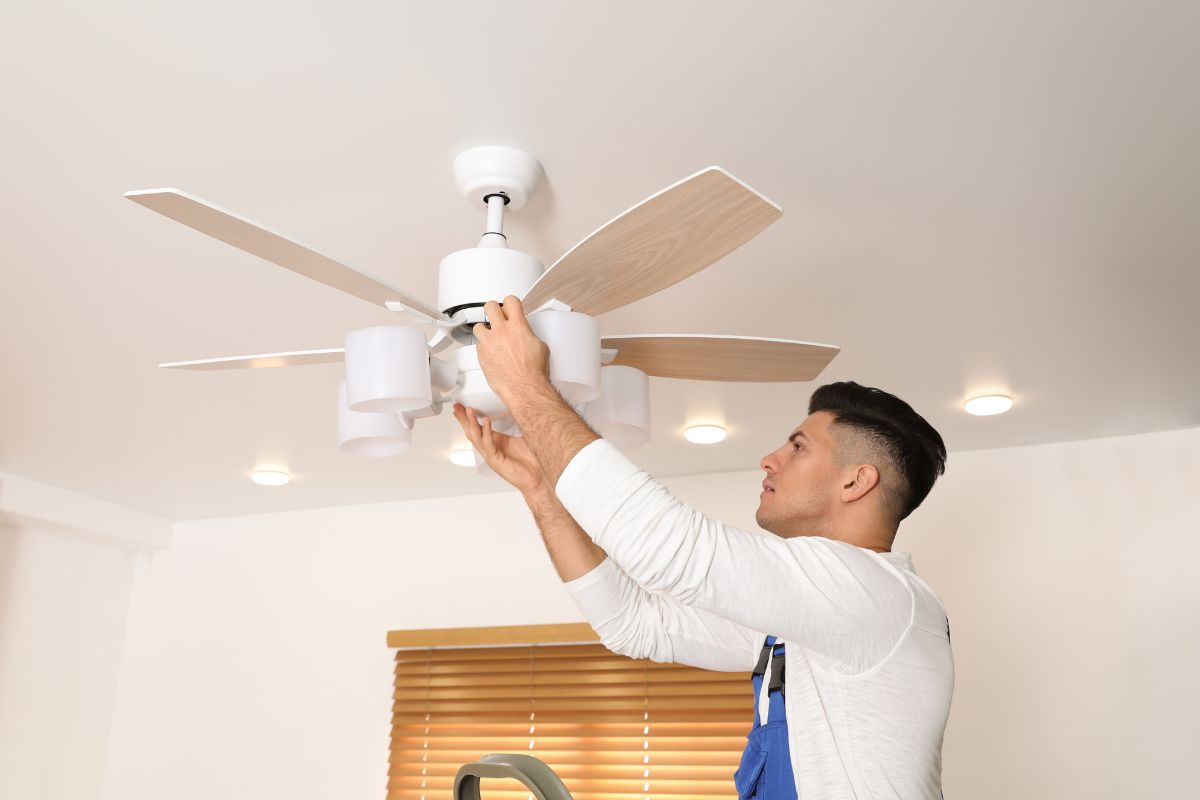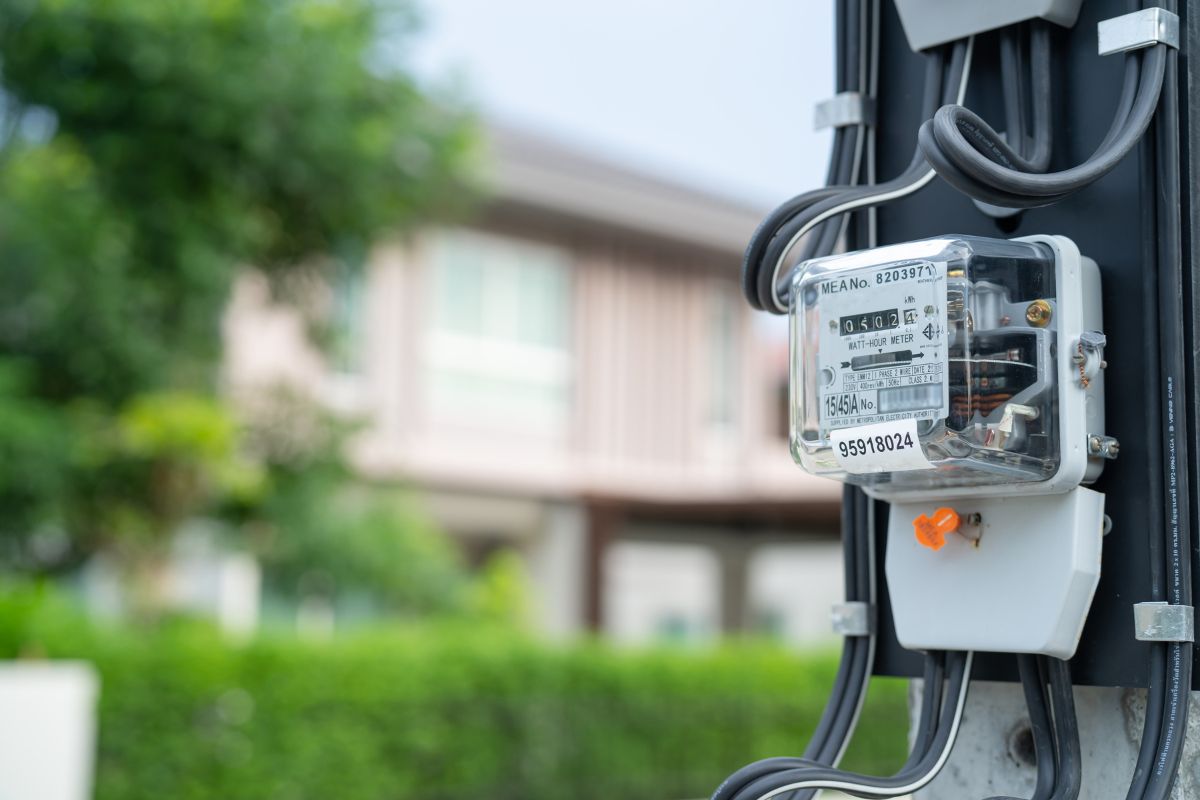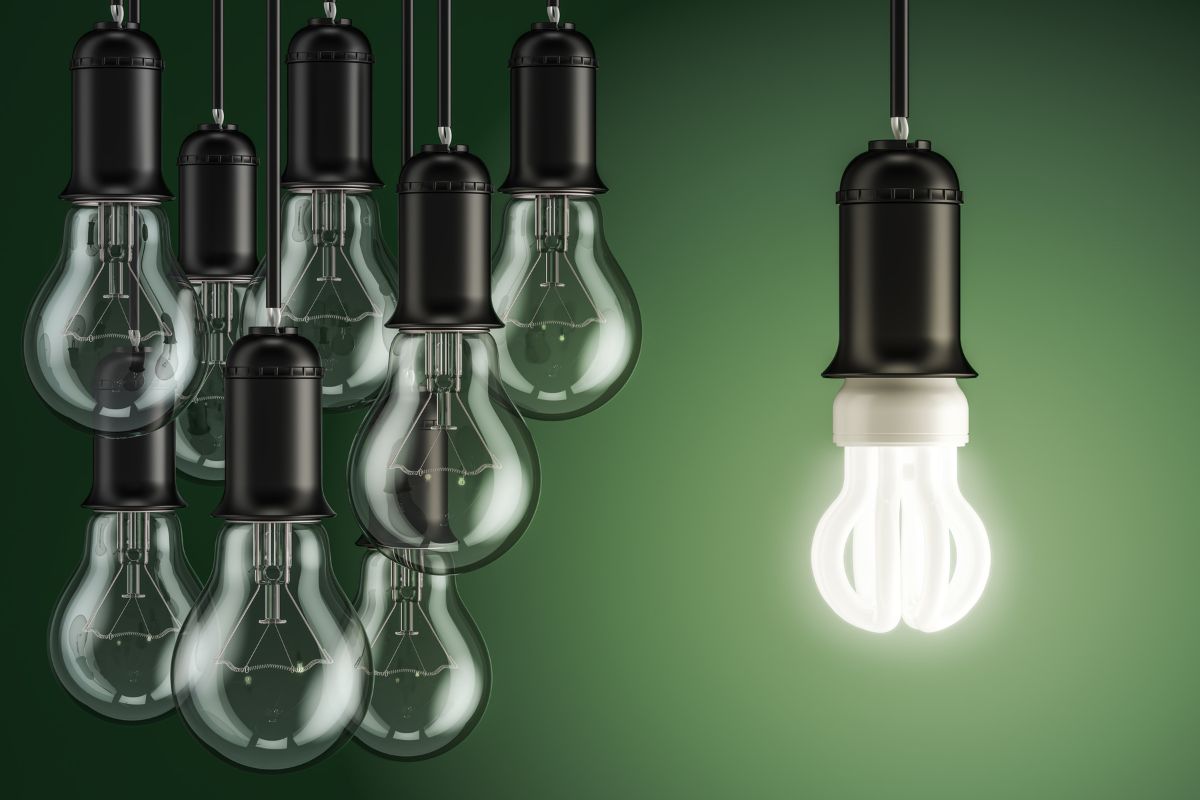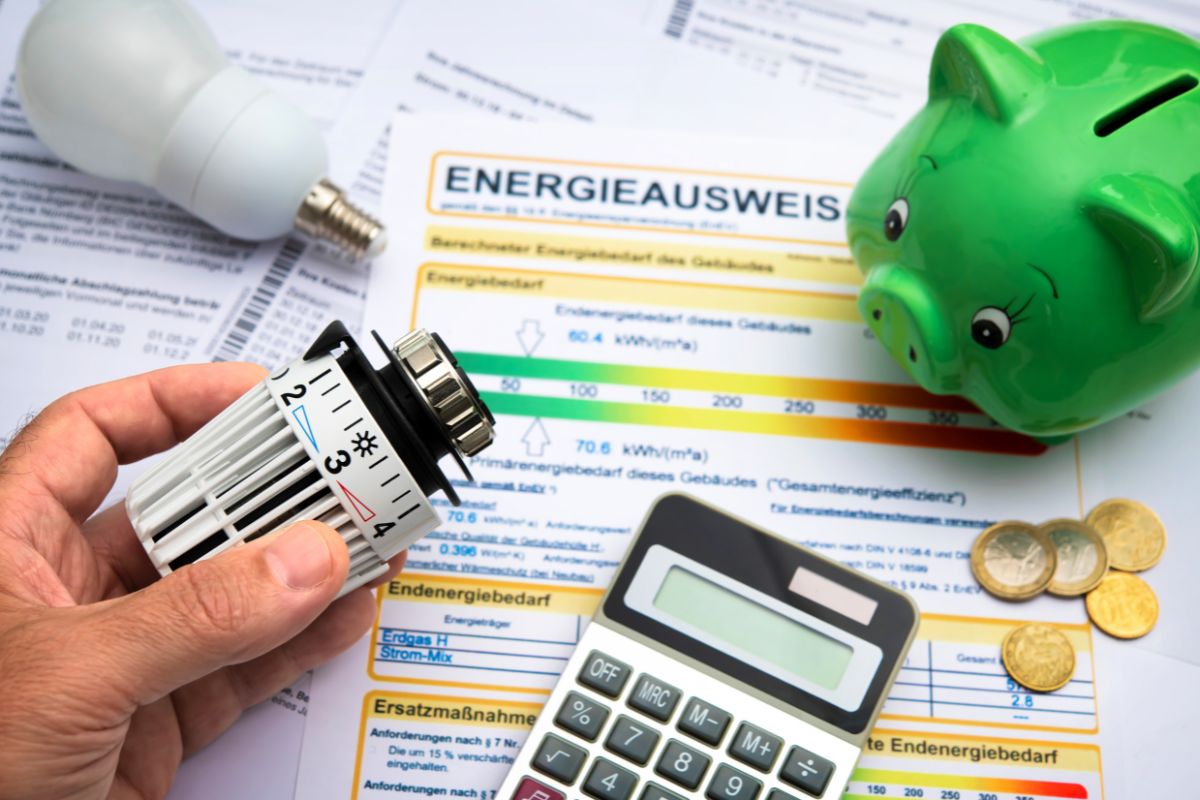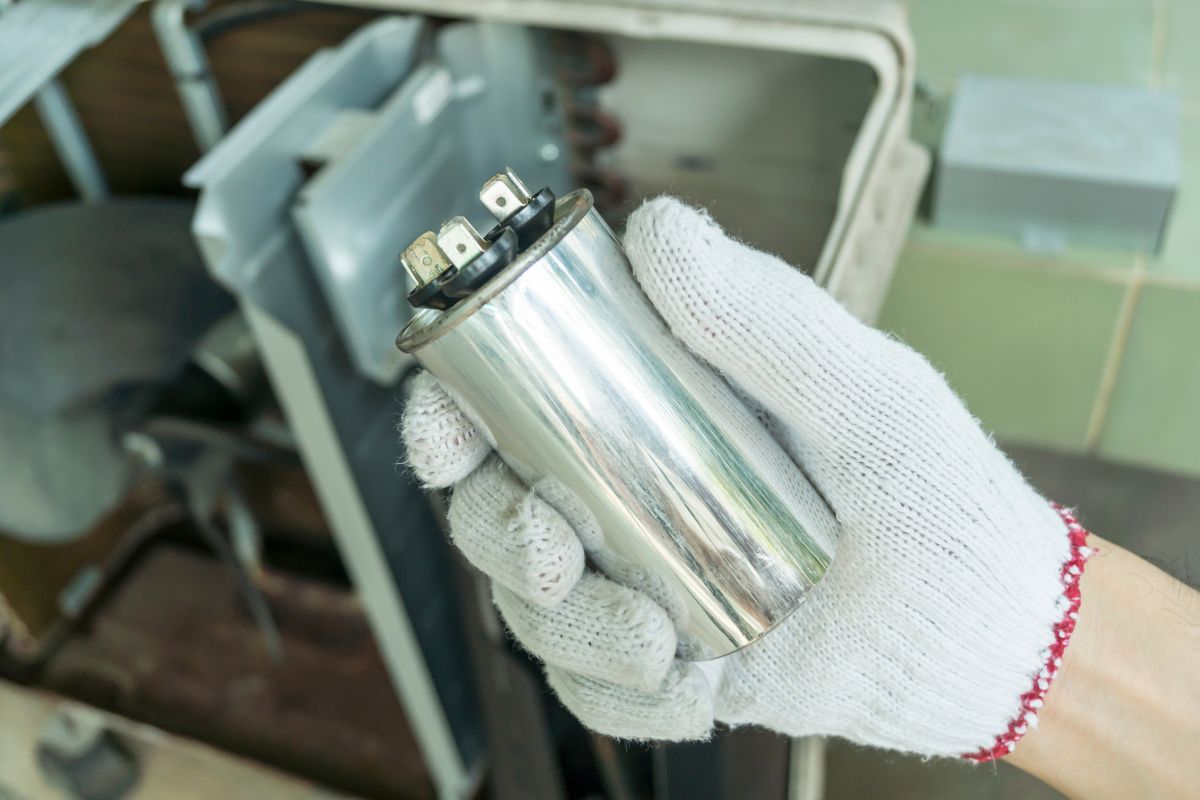Co je katoda
Katoda je záporně nabitá elektroda v elektrolytu. výbojka nebo elektrické zařízení. Katoda je zodpovědná za vyzařování elektronů a usnadňuje tok elektrického proudu v zařízení.
Hledáte řešení úspory energie aktivované pohybem?
Obraťte se na nás pro kompletní PIR senzory pohybu, produkty pro úsporu energie aktivované pohybem, spínače se senzorem pohybu a komerční řešení pro detekci přítomnosti/volnosti.
Ve výbojkách, jako jsou např. neonové lampy, katoda je nezbytná pro výrobu světla jako indikátoru nebo pro specializované osvětlovací účely. Využívá se také ve spínacích elektronkách se studenou katodou, kde iniciuje a udržuje žhavý výboj nezbytný pro specifické funkce, jako je spínání a počítání. Kromě toho se elektronky s regulátorem napětí spoléhají na relativně konstantní napětí generované žhavicím výbojem katody, aby stabilizovaly napájecí napětí v přístrojích založených na elektronkách.
Katoda je klíčovou součástí i dalších zařízení, včetně dekatronů používaných k počítání, zábleskových trubic pro intenzivní krátké světelné impulsy a katodových trubic používaných v různých zobrazovacích aplikacích. Je důležité poznamenat, že katoda nevyžaduje pro emisi elektronů vnější ohřev, čímž se liší od horké katody.
Inspirujte se portfoliem pohybových senzorů Rayzeek.
Nenašli jste to, co jste chtěli? Nebojte se. Vždy existují alternativní způsoby řešení vašich problémů. Možná vám pomůže některé z našich portfolií.
Často kladené otázky
Jak poznáte, zda se jedná o katodu nebo anodu?
Katodu a anodu lze rozlišit na základě jejich potenciálu. Elektroda s vyšším potenciálem je kladná elektroda. Při vybíjení baterie funguje kladná elektroda jako katoda, zatímco záporná elektroda jako anoda. Naopak při nabíjení funguje kladná elektroda jako anoda a záporná elektroda jako katoda.
Jaké je napětí lampy se studenou katodou
Většina obvodů zářivek se studenou katodou (CCFL) obvykle potřebuje vstupní napětí v rozmezí od 5 V do 30 V. Tyto obvody jsou navrženy tak, aby nejlépe pracovaly s proudem žárovky 5mA nebo vyšším. Proto nejsou vhodné pro provoz s nižším výkonem pomocí dvou- nebo tříčlánkových baterií, které se běžně vyskytují v kapesních počítačích a přenosných zařízeních.
Je katoda kladná nebo záporná?
Katody jsou pojmenovány podle kationtů, což jsou kladně nabité ionty, zatímco anody podle aniontů, což jsou záporně nabité ionty. V elektrickém zařízení je katoda elektrodou, která nese záporný náboj.
Jsou zářivky se studenou katodou
Výbojky se studenou katodou, jako jsou zářivky se studenou katodou (CCFL) a neonové výbojky, patří do kategorie výbojek se studenou katodou. Neonové výbojky vyzařují světlo excitací molekul plynu, zatímco CCFL vytvářejí ultrafialové světlo prostřednictvím výboje ve rtuťových parách, který následně vyvolá emisi viditelného světla z fluorescenčního povlaku uvnitř výbojky.
Co je příkladem lampy s horkou katodou
Výbojky se studenou katodou, jako jsou neonové lampy, neonové nápisy a sodíkové výbojky, jsou příklady výbojek s horkou katodou. Kromě toho mezi lampy s horkou katodou patří středotlaké rtuťové výbojky a nízkotlaké rtuťové výbojky, jako jsou zářivky.


